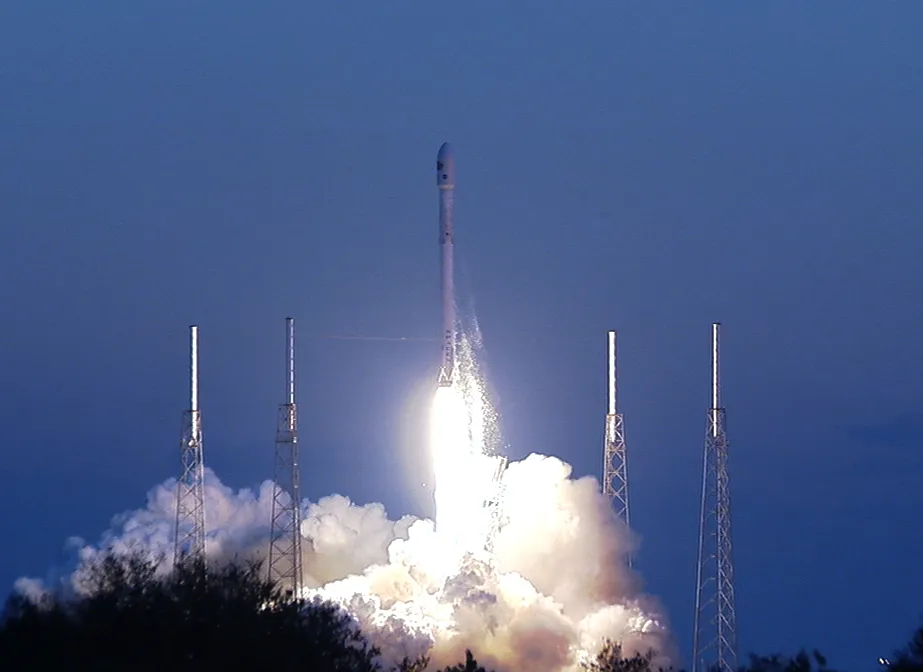
What DSCOVR might be discovering for us?
DSCOVR – Deep Space Climate ObserVatoRy satellite was successfully put into orbit by Falcon 9, a Space X rocket on Feb 11 at 6:03 PM. In another 110 days, the satellite will get to its own orbit, a million miles from Earth.
According to the media release from NOAA: “DSCOVR will be the nation’s first operational satellite in deep space, orbiting between Earth and the Sun at a point called the Lagrange point, or L1. It will take its place at L1 alongside NASA’s Advanced Composition Explorer (ACE) research satellite, replacing the 17-year old ACE as America’s primary warning system for solar magnetic storms headed towards Earth. Meanwhile, ACE will continue its important role in space weather research.”
Sponsored jointly by NASA, NOAA and U.S. Air Force, the satellite will be primarily operated by NOAA Satellite Facility in Maryland. The date from the satellite will be crucial to understand and predict geomagnetic storm magnitude at regional levels. Why should we worry about geomagnetic storms? One strong enough can leave you stranded mid way on a highway wiping out all the GPS satellites in orbit or disrupt the power grid and leave an entire state in dark. The applications also extend to communications and aviation.
Apart from this, the satellite also has two earth observing instruments on board to measure ozone and aerosol in the atmosphere. Lets wait until DSCOVR begins Discovering! Looks like there is a lot in store. And aurora watchers are going to fall in love with this satellite.
To read more, click here.
Did you like this post? Read more and subscribe to our monthly newsletter!







